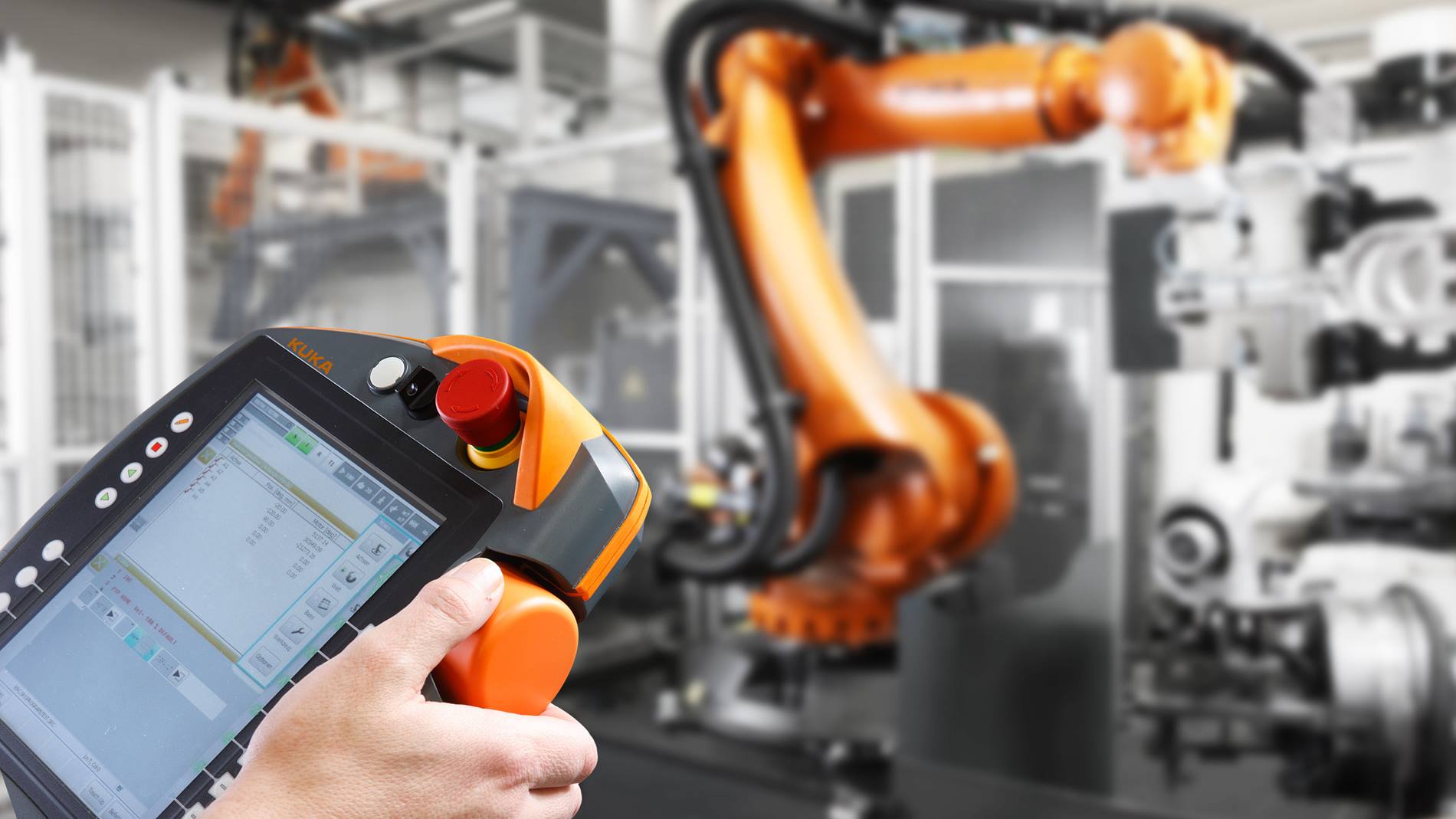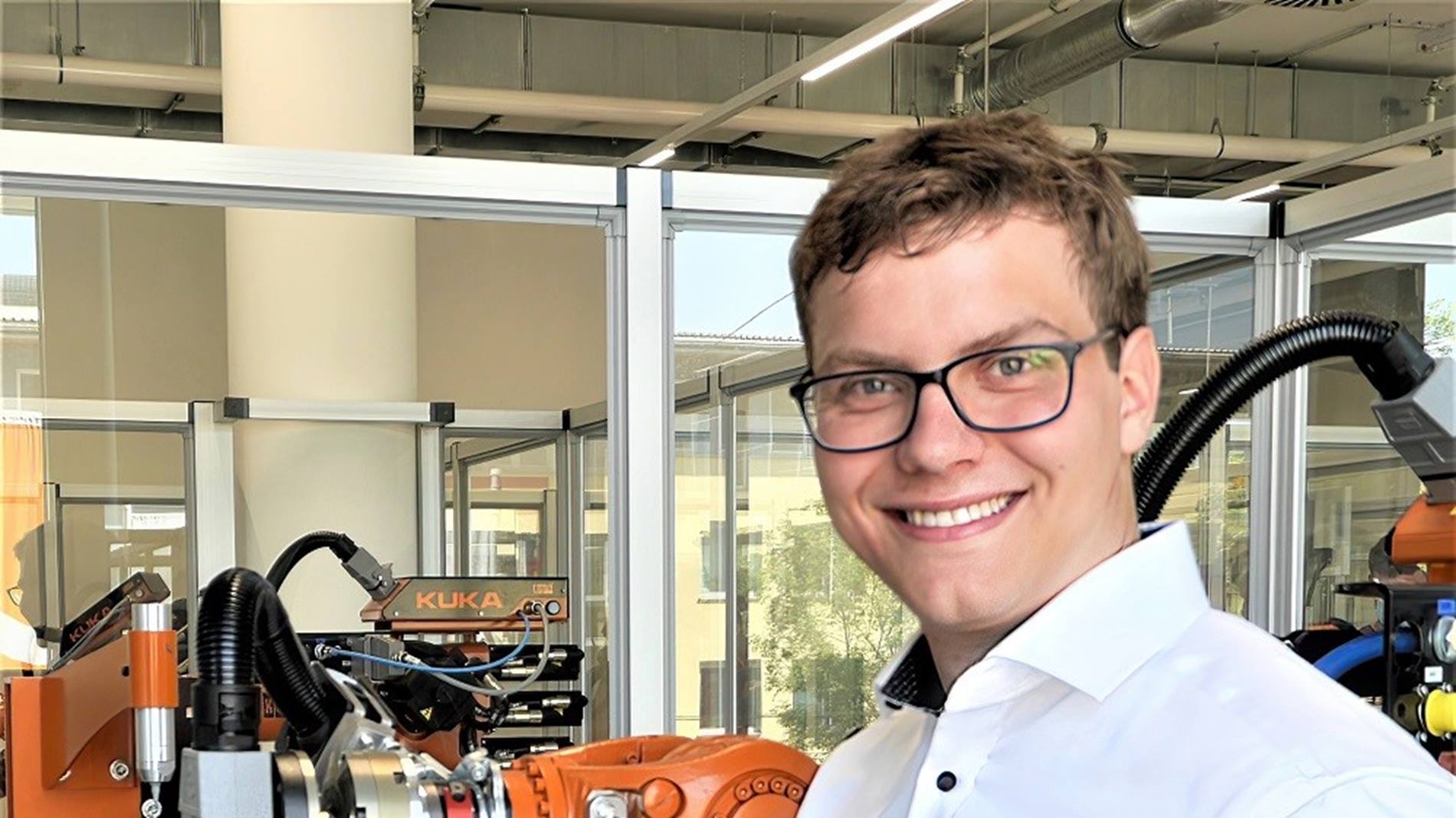
Programming according to the modular principle: “This is an important milestone for our Mission 2030”
For more than 100 years, our mission at KUKA has been to make people’s lives and work easier. Designing automation is our passion. Now we are entering a new era at KUKA and embarking on our Mission 2030: Automation will become simpler, more intuitive and thus available to everyone. This lowers the entry threshold. Programming a robot will then be as easy as working on a PC today. The key to this lies in simple commissioning, operation and programming. Of course, the development of our new iiQKA operating and ecosystem is an important step to facilitate entry into the world of robotics and automation. But we also already offer solutions today to make our robots easy to program.
An interview with Marco Wanner, Product Owner of KUKA.AppTech, about a programming concept that works on the modular principle.

Within the next ten years, more and more people around the world will be working with robots. But this also means that it must become easier to breathe life into a robot and make it fit for its task on a production floor. How can KUKA.AppTech help with this?
Marco Wanner: Our robots perform a wide variety of tasks around the world – from handling components to welding, gluing or even measuring. Before such tasks are taken over by the robot, each work step must first be taught to the robot by software command. And this is precisely where our KUKA.AppTech programming concept provides support. This allows the programming of an application to be reduced to a minimum. As in a library, we have stored the most common motion routines and sequences in the concept, thus providing a common thread for commissioning the robots. Our customers can easily call these up and integrate them into their specific processes.
In other words, programming a robot, which is still often reserved for experts today, can thus be made accessible to many more people?
Marco Wanner: Yes, exactly. Instead of programming applications by hand, users can assemble tasks for robots from ready-made modules using our programming library. On the one hand, this saves time, and on the other, no in-depth programming knowledge is required. When we look at our Mission 2030 and our goal of making automation easily available for new markets and new applications, KUKA.AppTech is an important milestone on this path. The potential for automating and standardizing processes with the help of robots is enormous, especially in smaller companies and SMEs.
Does this mean that real programming experts will then no longer be necessary?
Marco Wanner: Automating processes can quickly become very complex. And that’s exactly when experienced programmers are needed – as before. For our integration partners or experienced programmers, however, the library also offers support. Standard routines, such as the placement of a component, can be created more quickly. There is more time for customer-specific adjustments and fine-tuning – and the effort required for this should not be underestimated. And if you still reach your limits, KUKA’s worldwide partner network can provide professional assistance at any time – also in the form of individual programming services by KUKA application programmers with the help of KUKA.AppTech.










